Having to sit a lot in an office job, the young man was worried after experiencing pain in his right buttock for about 2 months. At the medical facility, he was diagnosed with piriformis syndrome - a rare musculoskeletal disease.
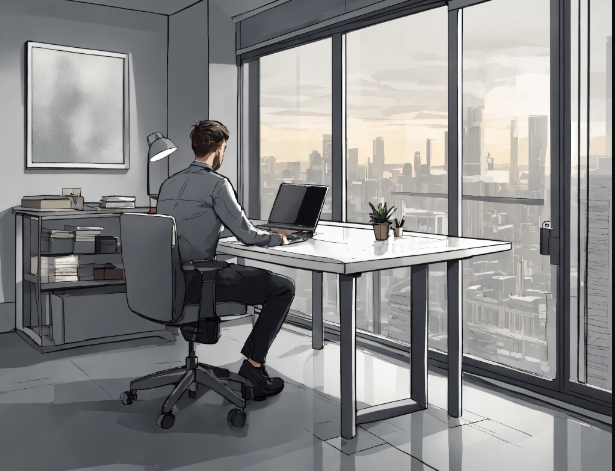
Sitting too much puts office workers at risk of bone and joint diseases - Illustration photo
Piriformis syndrome due to sitting too much
For about 2 months now, NVT (25 years old, in Hanoi ) has had pain in his right buttock, which increases when sitting for a long time or when pressing and massaging. His lumbar spine has mild mechanical pain and numbness in his right foot when sitting for a long time.
Worried about the unusual pain and its effects on his quality of life and work, Mr. T. went to MEDLATEC General Hospital for examination.
Mr. T. said that he works in an office and sits a lot. He has no history of any bone or joint injuries, but last April he went to the doctor and was diagnosed with a herniated disc in his L5/S1.
Through examination, Dr. Le Thi Duong - musculoskeletal specialist at MEDLATEC General Hospital - preliminarily diagnosed Mr. T. with buttock pain in deep gluteal syndrome.
After performing additional lumbar spine MRI and further evaluation of the piriformis muscle, the doctor diagnosed the patient with piriformis syndrome - right piriformis hypertrophy and L5/S1 disc herniation.
Mr. T. was advised by the doctor on a lifestyle regimen, given exercise instructions (stretching exercises) and given outpatient medication as prescribed by the doctor.
What is piriformis syndrome?
According to Dr. Duong, the piriformis muscle (also known as the pear-shaped muscle) is a flat, pear-shaped or pyramid-shaped muscle, classified in the gluteal muscle group. This muscle layer lies deep inside the gluteus maximus muscle and right next to the upper edge of the hip joint.
The piriformis muscle has very important functions such as supporting leg lifting, hip rotation, leg and foot rotation outward, the piriformis muscle runs diagonally across the sciatic nerve.
Piriformis syndrome occurs when this muscle becomes swollen and spasmed. This is a rare condition. Many people believe that piriformis syndrome is the cause of sciatica.
However, according to Dr. Duong, common causes of sciatica include:
Spine related: Lumbar disc herniation, spondylolisthesis, foraminal stenosis (facet joint degeneration, ligamentous thickening), spinal tumor, spinal abscess.
Extraspinal: Piriformis syndrome, Herpes Zoster, traumatic injury (pelvic fracture, posterior hip dislocation, femoral fracture), biceps femoris hematoma.
Causes of piriformis syndrome
Piriformis syndrome is caused by trauma to the hip joint, buttocks, strong impact, tripping, traffic accident injury; sitting for a long time, often seen in office workers, drivers, cyclists; athletes who lift heavy objects too much: weightlifting; anatomical abnormalities: split piriformis muscle.
When there are signs such as buttocks spreading down the legs, pain increases when moving the hip joint, when sitting for a long time; pain when pressing on the hip defect, pain when bending, closing, rotating the hip joint, you need to go to a medical facility for examination. Especially, office workers should go for examination to differentiate from other musculoskeletal diseases such as lumbar spine degeneration, disc herniation.
Depending on the condition and severity of the disease, the doctor will advise on one or a combination of treatments such as medical treatment: limiting painful movements; physical therapy or medication.
If the above methods are not effective, the doctor will prescribe surgery to relieve the compression.
How to prevent disease?
To prevent disease, doctors recommend living and working in the correct posture. Before exercising or playing sports , you need to warm up thoroughly.
Do not overdo or overdo your training. Increase your training intensity gradually to allow your body to adapt and avoid injury during training.
If pain occurs during exercise, rest until the pain subsides. For those with illness, regular physical therapy is needed to reduce the risk of recurrence.
Source: https://tuoitre.vn/ngoi-nhieu-nam-thanh-nien-mac-hoi-chung-co-hinh-le-20241118122609791.htm





![[Photo] Hanoi morning of October 1: Prolonged flooding, people wade to work](https://vphoto.vietnam.vn/thumb/1200x675/vietnam/resource/IMAGE/2025/10/1/189be28938e3493fa26b2938efa2059e)


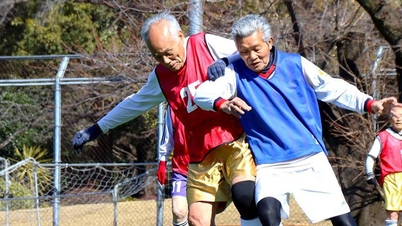




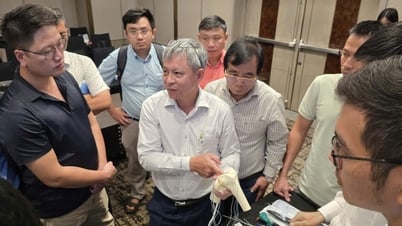

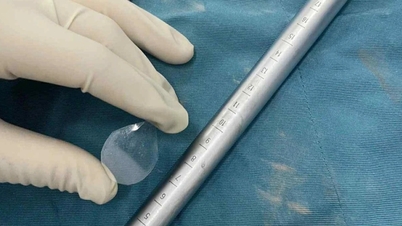



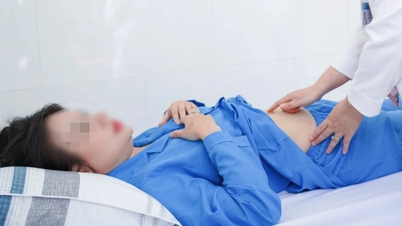















![[Photo] President of the Cuban National Assembly visits President Ho Chi Minh's Mausoleum](https://vphoto.vietnam.vn/thumb/1200x675/vietnam/resource/IMAGE/2025/10/1/39f1142310fc4dae9e3de4fcc9ac2ed0)


























































Comment (0)